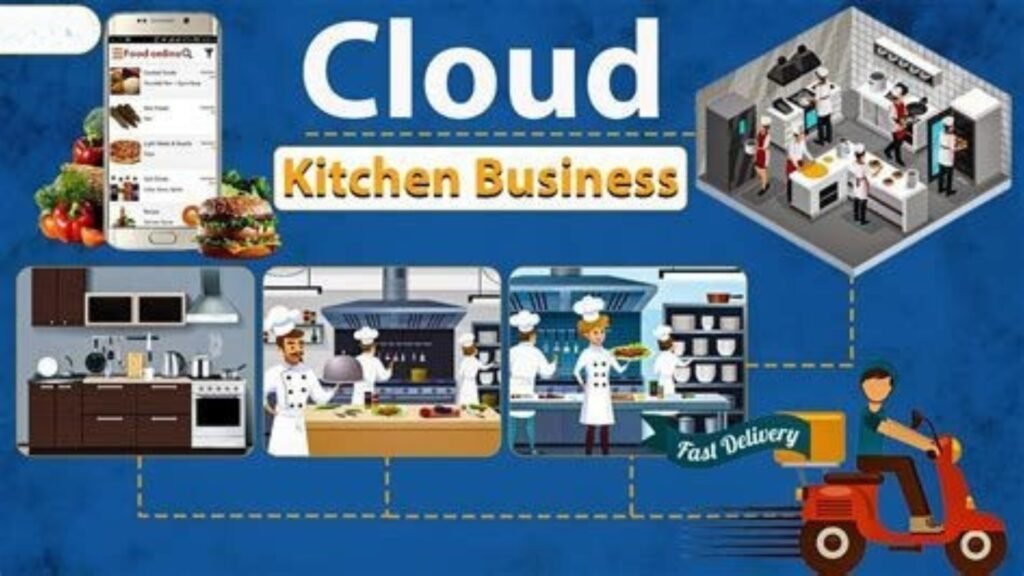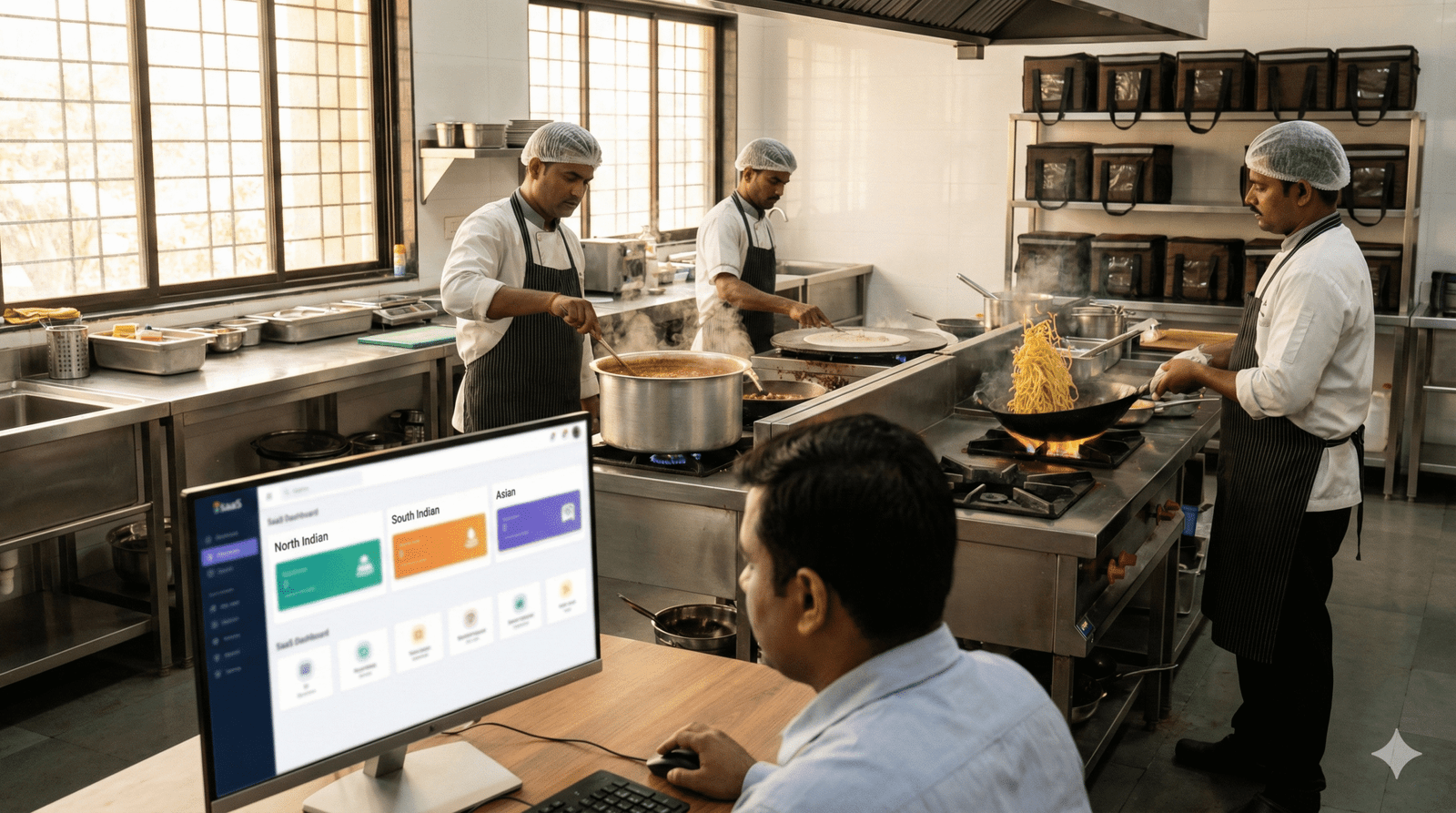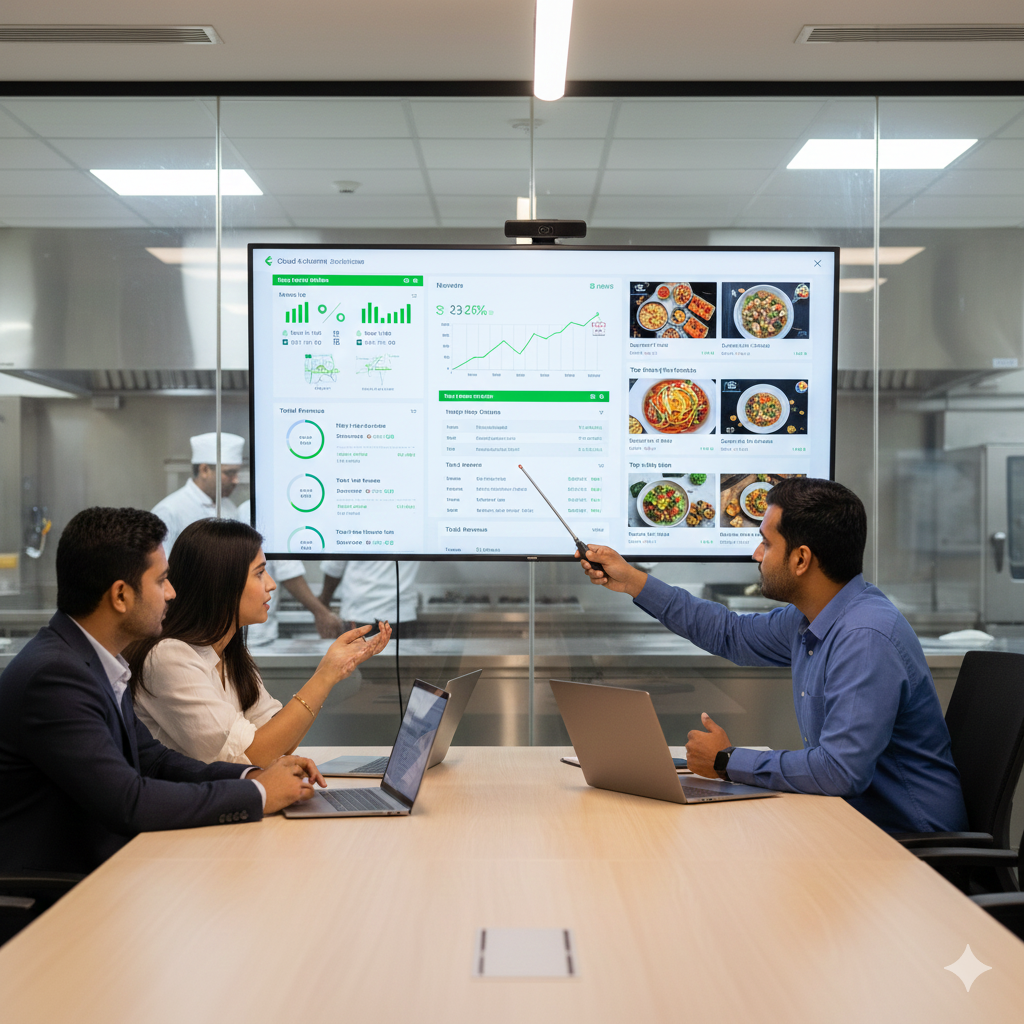Cloud kitchens, also known as virtual or ghost kitchens, have revolutionized the food and beverage industry. These delivery-only establishments operate without dine-in facilities, reducing overhead costs and focusing on efficiency. Aspiring entrepreneurs interested in cloud kitchen franchises often ask a critical question: What kind of profit margins can you expect? This guide delves into the key factors influencing cloud kitchen franchise profitability and provides realistic expectations for your investment.
Understanding the Cloud Kitchen Business Model

Cloud kitchens thrive on a streamlined operational model that minimizes costs while maximizing delivery efficiency. Here are the primary components:
- Reduced Real Estate Costs: Without a dine-in space, cloud kitchens require smaller premises, often located in less expensive areas.
- Operational Efficiency: Focused solely on food preparation, these kitchens optimize workflows to handle high volumes of delivery orders.
- Multiple Brands Under One Roof: Many cloud kitchens operate multiple virtual brands from a single location, diversifying revenue streams.
- Partnerships with Delivery Platforms: Collaborations with aggregators like Swiggy, Zomato, and Uber Eats expand market reach without significant marketing expenses.
Key Factors Affecting Profit Margins
1. Initial Investment and Setup Costs
- Franchise Fees: The upfront cost to join a cloud kitchen franchise can range from ₹5 lakhs to ₹20 lakhs, depending on the brand.
- Equipment and Infrastructure: Setting up a fully functional kitchen with commercial-grade equipment typically costs ₹10 lakhs to ₹15 lakhs.
- Technology: POS systems, order management software, and integrations with delivery platforms add to the initial costs.
2. Operating Costs
- Raw Materials: Food and packaging costs often account for 30-40% of total revenue.
- Labor: Staffing requirements are lower compared to traditional restaurants, typically making up 10-15% of revenue.
- Rent: Renting a small kitchen space in a Tier-2 city can cost ₹30,000 to ₹60,000 per month, while in Tier-1 cities, this can go up to ₹1 lakh.
- Delivery Partner Commissions: Aggregators charge a commission of 15-30% per order, impacting net profits.
3. Revenue Streams
- Order Volume: High order volumes are critical to profitability. Successful cloud kitchens handle 200-500 orders daily.
- Menu Pricing: Strategic pricing ensures profitability while remaining competitive in the market.
- Multiple Brand Strategy: Operating multiple brands under one roof boosts overall revenue.
Typical Profit Margins for Cloud Kitchens

Gross Profit Margin
Gross profit margins in cloud kitchens are typically around 60-70%, calculated after deducting raw material and packaging costs.
Net Profit Margin
After accounting for all expenses, including rent, labor, utilities, and delivery commissions, cloud kitchens can achieve a net profit margin of 15-25%. With efficient operations and high order volumes, some franchises may even reach 30%.
Breaking Down Profitability
Let’s consider an example:
- Monthly Revenue: ₹3,00,000
- Raw Material & Packaging Costs: ₹100000
- Labor Costs: ₹30,000
- Rent & Utilities: ₹35000
- Delivery Commissions: ₹60000
- Marketing & Miscellaneous: ₹25000
Net Profit: ₹ 50,000
By increasing order volumes, optimizing operations, or introducing higher-margin items, this net profit margin can improve significantly.
Maximizing Profitability in a Cloud Kitchen Franchise
1. Optimize Menu Design

Focus on dishes with high profit margins and shorter preparation times. Streamlining the menu can reduce wastage and improve efficiency.
2. Leverage Data Analytics

AI-powered tools can analyze customer preferences and optimize inventory management, minimizing waste and maximizing profitability.
3. Invest in Branding
Strong branding and consistent quality encourage repeat orders. Leveraging social media and customer reviews can enhance visibility.
4. Build Direct Order Channels
While delivery platforms are essential, encouraging direct orders through your website or app reduces commission fees.
5. Explore Tier-2 and Tier-3 Cities
Operating in smaller cities reduces rental costs and competition, improving overall profit margins.
Challenges to Consider
- High Competition: The cloud kitchen industry is highly competitive, with new players entering regularly.
- Dependence on Delivery Platforms: Heavy reliance on third-party platforms can eat into profits.
- Customer Retention: Maintaining quality and building customer loyalty is critical in a crowded market.
Read Also : GreenSalad.in Healthy Food Franchise with Just ₹10 Lakh Investment!
Absolute Vegan Healthy Food Franchise with Just ₹12 Lakh Investment!
Conclusion
Cloud kitchen franchises offer attractive profit margins, typically ranging from 15-25%, with potential for higher returns in well-managed operations. Their cost-effective model, scalability, and alignment with the growing demand for food delivery make them an excellent investment. By understanding the factors influencing profitability and implementing strategies to optimize operations, entrepreneurs can achieve long-term success in this booming industry.
FAQ
1 What is the average profit margin for a cloud kitchen franchise?
Profit margins for cloud kitchens typically range from 15% to 30%, depending on location, operational efficiency, and demand.
2 How can cloud kitchen franchises increase their profit margins?
Optimizing operational costs, focusing on high-demand menu items, and leveraging online delivery platforms can help increase profit margins.
3 What factors affect profit margins in a cloud kitchen franchise?
Key factors include food cost, labor costs, delivery charges, marketing expenses, and the effectiveness of digital marketing strategies.
4 Are cloud kitchen franchises more profitable than traditional restaurants?
Cloud kitchen franchises often have lower overhead costs, allowing for potentially higher profit margins compared to traditional brick-and-mortar restaurants.
5 What are the risks of low profit margins in cloud kitchen franchises?
Low profit margins can result from high operational costs, low order volume, and inefficient delivery logistics. Managing these risks is crucial for profitability.





